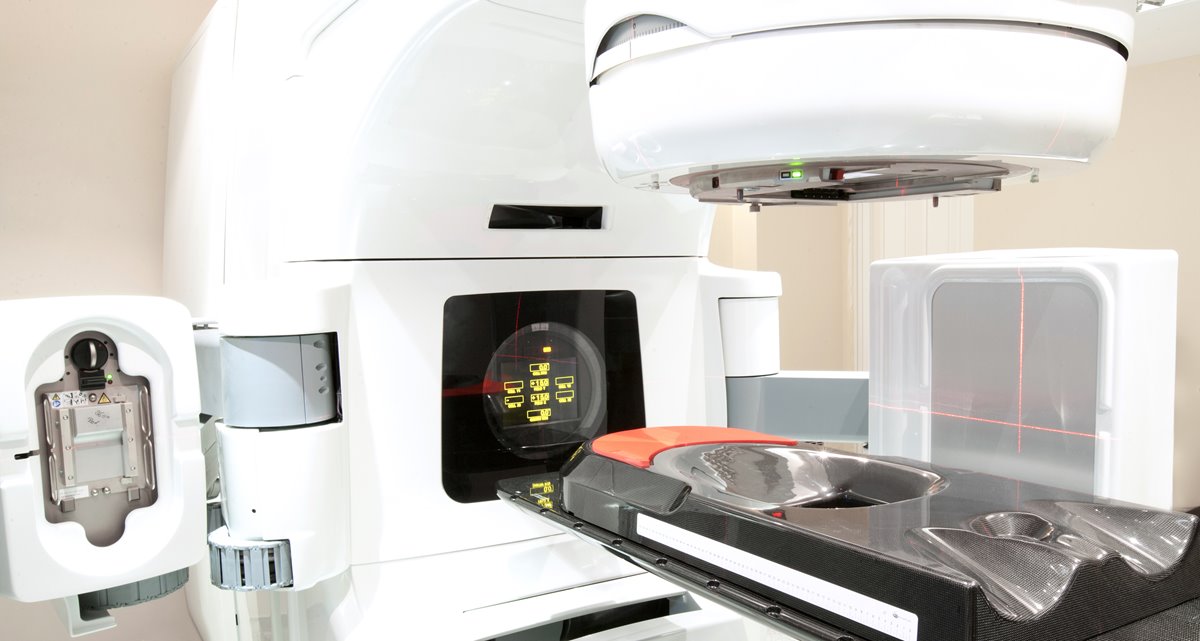A charity which estimates that 100,000 people in the UK have some form of pelvic radiation disease (PRD), is raising awareness amongst therapeutic radiographers about the condition and the resources available to help patients.
PRD is defined as one or more ongoing symptoms that may affect people who have previously had radiotherapy for cancers of the colon, rectum, anus, prostate, testes, bladder, cervix and womb.
The Pelvic Radiation Disease Association says that the bladder, bones, bowel, nerves, sexual organs, blood supply, stomach and digestion, the lymphatic system, and skin can be affected, as well as patients' mental health.
Some symptoms pass a few weeks after radiotherapy finishes but there are patients who experience PRD three months or more after treatment, and symptoms can occur years or decades later.
Leaflets for patients and health professionals are available, as well as speakers for study days, including patients.
